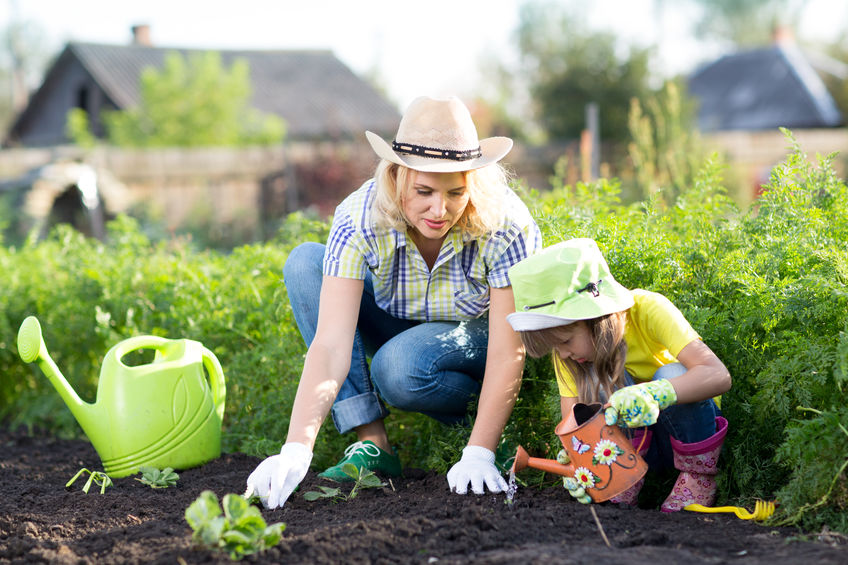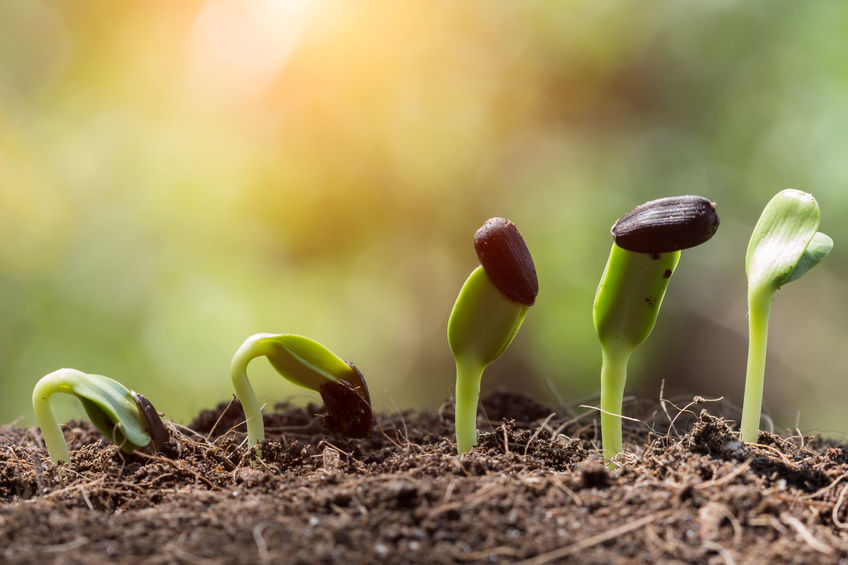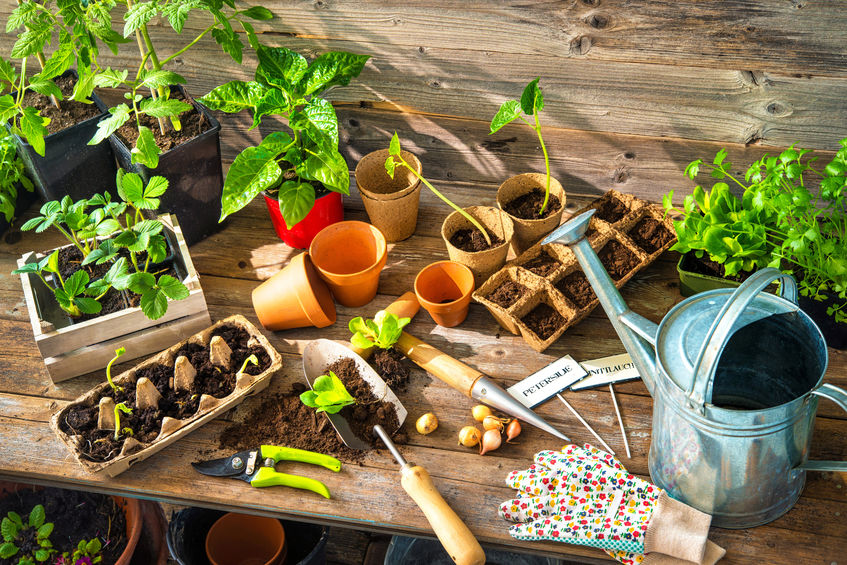Blog - Top 5 Reasons Why You Should Save Vegetable Seeds

Top 5 Reasons Why You Should Save Vegetable Seeds
Saving vegetable seeds…not something super high on the priority list for most people living busy, active lives. So, why should it be? On the surface, it may just seem like too much trouble, but with all of us trying to be more connected and eco-friendly, saving seeds might be worth the effort!
Whether you are a seasoned pro or relatively new at growing your own veggies and maintaining a garden, your decision to be sustainable is an important one.
You’ve lovingly planted your favorite vegetables. You’ve watered, added compost, weeded, and kept a watchful eye so that you could harvest those delicious vegetables full of nutrients, the way nature had intended. Don’t let your hard work go to waste.
Let’s explore 5 reasons why seed saving can benefit the future of your garden:
- Adapted Varieties: The seeds you gather from your own harvest are specially adapted to your own growing conditions. Plus, by saving seeds, you’ve created new custom varieties that perhaps have a unique flavor and require the environment of your backyard to capture the sweetness.
- Preserving the Flavor to Your Tastes: When you save your own seeds, that delicious tasting tomato that isn’t available in your seed catalogs will forever be available to you.
- Saves Money & Time: Saving your own seeds will not only save you money, but more importantly you don’t have to rely on seed catalogs. Plus there’s the added convenience of having seeds on hand the next time you want to plant!
- Genetic Diversity: In a world where everything is corralled into a category, keeping the rich diversity of your heirloom plants is a priceless gift. With concerns over climate change, our food supply, and threats from pests, preserving genetic diversity through seed saving can help build stronger varieties for the future.
- Connecting with Your Garden: Because the seed came from the past and within it contains the future, the symbolic nature of the seed will be passed on, along with the history of its being and a sense that we are all connected.

3 Important Basics To Keep In Mind
- Only save seeds from open-pollinated varieties of plants (those pollinated by insects, birds, weather, etc.), as they will produce plants identical to the parent plant. Hybrids are created by crossing plants of different varieties and don’t usually produce offspring that are exactly like the parent plant.
- For the beginners, keep it simple. Avoid cross-pollination by just planting one variety per species.
- Many vegetables are biennial; what this means is that they don’t form seed pods until their second year. Examples of biennial root vegetables are cabbage, parsley, and brussels sprouts.

Seed Saving Methods
For fleshy vegetables and fruits like tomatoes and squash, these usually have the seeds in the center. Wait until they are fully ripe before you pick them. Then, scoop out the center where the seeds are and spread like you would jam on a dry, well-ventilated area.
For beans and peas, leave them on the vines until the pods are dry and crackly. Corn is another vegetable that should be left on the stalk until the kernels are dented.
Always remember to select the seeds from only the most healthy plants in the garden, as they will yield the best seeds for future plants.
Always label and store properly after harvesting. Many times seeds look very similar, and you can easily get confused.
For small quantities of seeds, you can use envelopes. Envelopes are easy to seal and label, but if you have a large quantity of seeds you could use glass jars.
What to Put on the Label
Important things to include:
-
Each kind of vegetable
-
Variety of vegetables
-
Where and when you bought the original seeds
-
Month and year of the harvest
The secret to successful seed storage is to keep them stored away in a cool dry place so they don’t accidentally sprout. A good tip is to put a small amount of dry powdered milk in the container.
The time to start is now! Let us know in the comments how your seed saving project is progressing.
No Description
Leave a Comment
You must be logged in to post a comment.